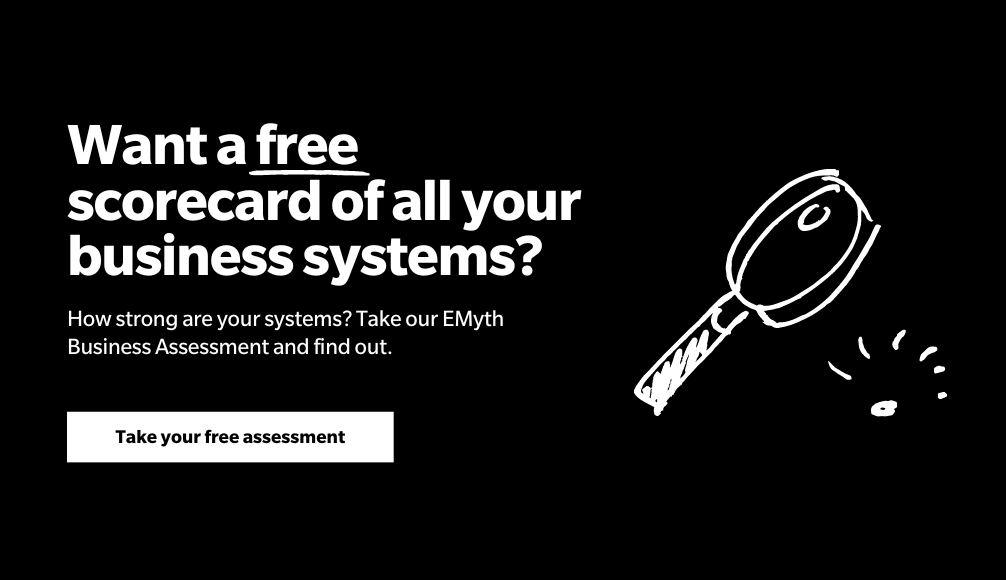Do you approach tax season asking questions like: How can I reduce my tax bill? Or, how much should I put away for my small business taxes? The best approach to both these questions is to continuously plan for taxes well ahead of April.
Creating a sustainable, year-round tax system for your small business isn’t easy. It takes consistency and being more involved with your finances than most business owners would like. But if you take the time to put these three strategies into practice, you’ll simplify your tax planning all year long—and likely save your business money in the process.
Track the key documents of your finance system
If you have even the beginning of a finance system, you’re already tracking expenses, receipts, invoices and other financial documents. Tracking this paperwork in a searchable, digital platform is going to make tax time easier. But whatever your bookkeeping system, your files need to be organized (not just stored) and it needs to be easy to implement across departments.
And in your tracking, be sure to separate your personal and business expenses. Even if your business is small enough that most of the current expenses are being paid from your personal funds, move those funds to a business account before spending the money so there’s a clear delineation between personal and business-related spending. This will also help you get a better handle on your cash flow.
Lastly, keep closely connected to your profit and loss statement (P&L), which gives you valuable insight into your business’s revenues and expenses. A P&L is the only financial statement required by the IRS, and it will determine how much you’ll pay on profits earned.
Have a trusted professional tax advisor
You may wear many hats in your business, but some things are better left to the experts. You should have a tax advisor you can go to any time of year—not just tax time—for tax planning support.
If you don’t already have an advisor you trust, ask other business owners you know for their recommendations. If you do have an advisor who you typically only meet with once or twice a year when taxes are due, include them in your strategy sessions throughout the year to ensure you’re up to speed on every credit and deduction your business qualifies for.
The ultimate goal is to maximize your business value by minimizing your tax liability, keeping as much money in your own pocket as possible. You also need to understand the tax consequences of your decisions, something many business owners don’t have the knowledge to do well. So consult your professional tax advisor and come up with a tax strategy that will help you make the most informed and effective decisions possible.
Keep up with relief and credits for small businesses
Tax laws and regulations are always changing, so it’s important to know what tax credits and deductions are available for your specific situation. And some of these relief opportunities take foresight and could influence your business strategy throughout the year, so keeping these in mind when weighing decisions will ensure that you’re more successful at tax time.
Here are some credits to discuss with your advisor as you prepare to file your 2022 taxes and plan for the year ahead:
Employee Retention Tax Credit
According to the IRS, as many as 70-80% of small businesses are eligible to claim the Employee Retention Tax Credit (ERC). The credit only applies to wages paid before October 1, 2021, so it can’t be claimed on your 2022 return. But it’s not too late to amend your 2020 and 2021 returns to claim the credit. And with a value of up to $7,000 per employee per quarter, it’s worth exploring with your tax advisor.
Research and Development Tax Credit
The R&D credit is a dollar-for-dollar tax savings that reduces your business’s tax liability—and there’s no limit to the amount of expenses and credit you can claim. Like the ERC, you can claim the R&C credit retroactively by amending our prior-year tax returns. And if your tax burden isn’t large enough to use the full credit immediately, you can possibly carry unused credit back one year or forward for up to 20 years, depending on your state.
Business taxes can be a huge challenge, but you can create a sustainable strategy that will help you be prepared for tax season and also dramatically improve your financial business strategy overall. For more help understanding finances and systematizing your business, schedule a free session with an EMyth Coach.




Comments